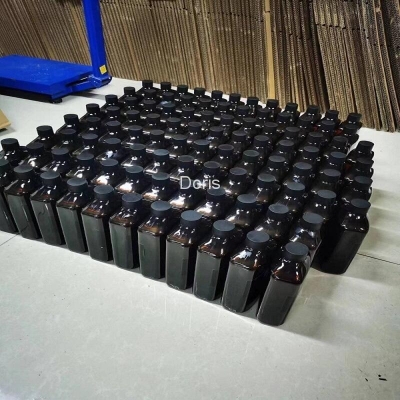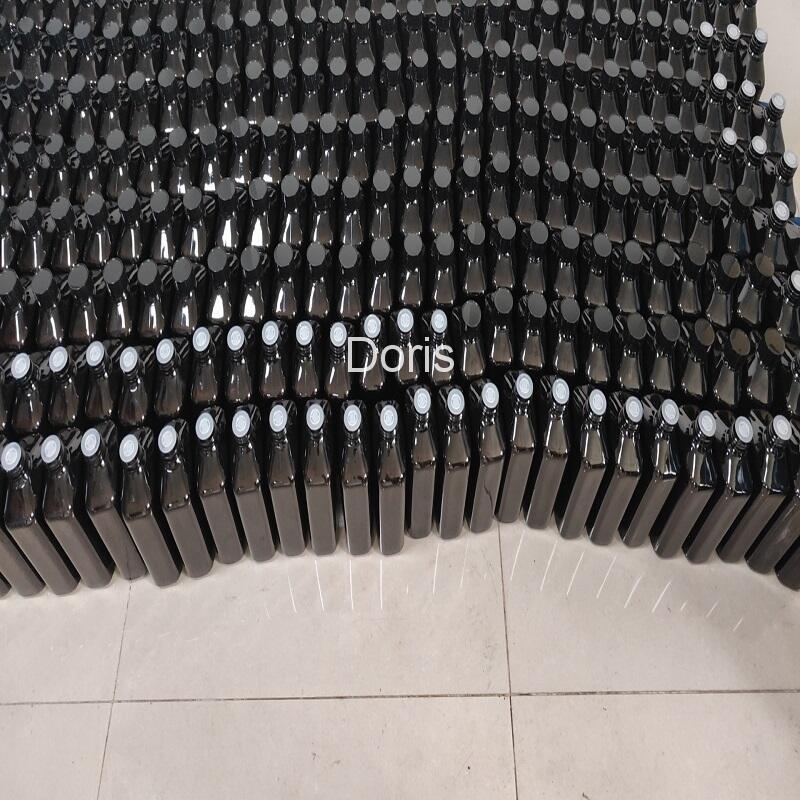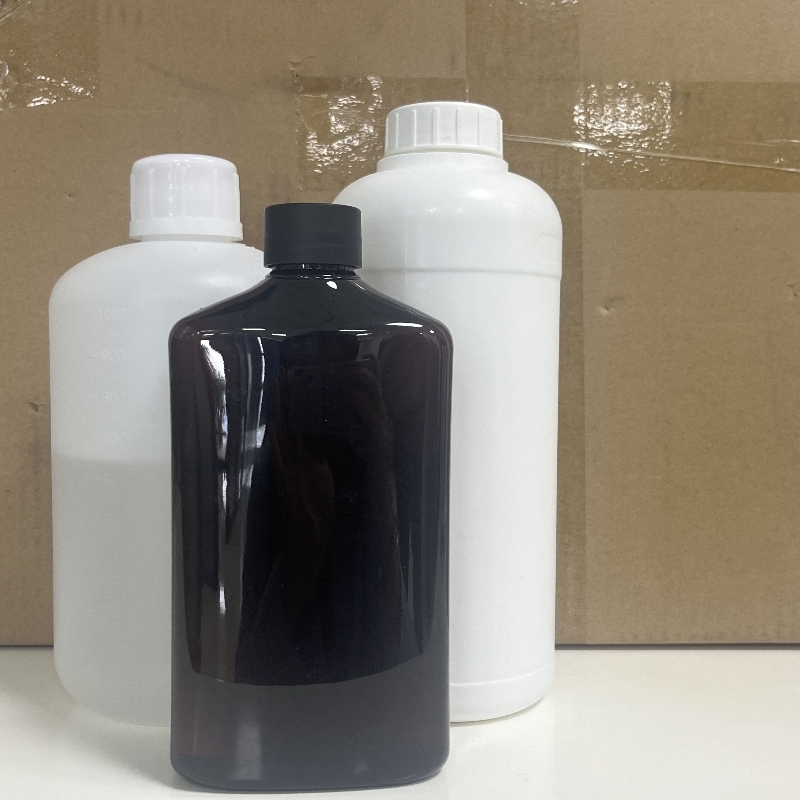-
Categories
-
Pharmaceutical Intermediates
-
Active Pharmaceutical Ingredients
-
Food Additives
- Industrial Coatings
- Agrochemicals
- Dyes and Pigments
- Surfactant
- Flavors and Fragrances
- Chemical Reagents
- Catalyst and Auxiliary
- Natural Products
- Inorganic Chemistry
-
Organic Chemistry
-
Biochemical Engineering
- Analytical Chemistry
- Cosmetic Ingredient
-
Pharmaceutical Intermediates
Promotion
ECHEMI Mall
Wholesale
Weekly Price
Exhibition
News
-
Trade Service
In April last year, the Drug Review Center (CDE) of the State Food and Drug Administration announced that a total of 10 new anti-hepatitis C drugs from seven enterprises had been included in the priority review process, and the application for registration of new anti-hepatitis C drugs had entered the fast lane. A year later, the new hepatitis C drug was approved for the market curtain officially opened, Ashuriver, Daratavir, Simerive, Sofebwe, Obipali and other new hepatitis C direct antiviral drugs through the green channel have entered the country.
So far, six new hepatitis C antiviral drugs from four companies have been approved in China through priority reviews - on April 24, 2017, the hydrochloric daratavir tablets and ashurive softgels of Bacsinszky were approved; On September 21st Gilead, AbbVie's new oral hepatitis C drug, Sofebwe tablets, Obi-Pari tablets, and Dasebwe sodium tablets, were approved for sale by the CFDA;
series of new anti-hepatitis C drugs on the market, opened a new chapter in the history of anti-hepatitis C virus treatment drugs in China.The European Society of Hepatology issued the Guidelines for the Diagnosis and Treatment of Hepatitis C Virus (HCV) Infections at home and abroad
On December 10, 2013. Subsequently, on 9 April 2014, the World Health Organization issued guidelines for the treatment of hepatitis C. This is the global hepatitis C chemotherapy drugs from the volume to qualitative change of the leap, in the new drug generation out of the situation, to promote hepatitis C treatment into a new era.
from 2011 to August 2017, the FDA approved the listing of 10 new oral anti-HCV drugs, completely disrupting the anti-hepatitis C treatment market. In particular, after the advent of Soofosbuvir (Sofia bwe), Sofebwe/Redipawe, Obipali, Palirewe, Litonave, Dasebwe, Darathwa, Ashurive, I Cocktail therapies such as Baswe-Gzopwe, Sofibwe/Vipatave, and Glecaprevir-Pibrentasvir have emerged, giving hepatitis C patients hope of survival and pushing for a reshuffle of the hepatitis C treatment market.
the global market for hepatitis C treatments peaked at $24,757 million in 2015, up 41.26 percent from the previous year, according to the annual financial reports of multinational pharmaceutical companies; Gilead Sovaldi's edgy market in the U.S. has changed and the market has become normal, with the global market for hepatitis C treatments at $18.721 billion in 2016, down 24.29 percent from the previous year.interferon status is not the former
interferon and libavirin has been the treatment of hepatitis C first-line drugs, especially polyglycol interferon α-2a, polyethyl glycol interferon α-2b after the market as the engine of the anti-hepatitis C market. With the advent of oral anti-HCV treatment drugs, anti-hepatitis C interferon has been hit hard and has led to a decline in the overall market for interferon. The global interferon market declined from a high of $9.5 billion in 2012 to $5.4 billion in 2016, down 26.68 percent from the same period last year.
high safety and effectiveness of oral direct antiviral drugs (DAAs), objectively to interferon drugs have brought a huge impact. Interferon products will play a role in the treatment platform for multiple sclerosis and hepatitis B.
according to epidemiological experts analysis, there are currently about 10 million hepatitis C patients in China. Because hepatitis C is very secretive, and most patients lack understanding of the disease, so early detection, early diagnosis and early treatment of hepatitis C is difficult to achieve at present;
interferon and libavirin are the main treatment options, and the drugs clinically used for chronic hepatitis C are polyglycol interferon α-2a, recombinant human interferon α-2b, polyethyl glycol interferon α-2b, recombinant human interferon α-1b and antiviral drug libavirin.
Although Peg-INF/Libawelin therapy has become the gold standard for hepatitis C treatment in China, its cure rate is 44% to 70%, and in terms of treatment, less than 2% of patients diagnosed with hepatitis C are currently treated with interferon-based antiviral therapy; Hepatitis C has brought a heavy financial burden to the families and countries of patients, and has become a serious social problem.
2016, sales of interferons in public hospitals in key cities in China amounted to 483 million yuan, down 21.46 percent from the previous year, according to Milnet data. Interferon will continue to decline with the launch of new oral anti-HCV drugs in China. With the progress of human science, today's new drug research and development has been different from the past, we are facing the challenge of new targets;Nout-made anti-hepatitis C sofebwe development is in full swing
According to the CFDA official website data, the domestic has published 20 sophets and oral tablets acceptance number, at the same time, there are 2 Redipavesofebwe tablets receiving number. Zhengda Tianqing Pharmaceuticals, Sichuan Colum, Fujian Haixi New Drug Creation, Nanjing Xiansheng Dongyuan, Zhejiang Haizheng, Shi Pharmaceutical Group Zhongqi, Jiangxi Shimei, Beijing Wansheng, Zhejiang Huahai and other enterprises in the vigorous promotion, the total investment in research and development funds has exceeded 50 million yuan.
March 2017, Shanghai Hequan Pharmaceuticals shares SofeiBuwe approved clinical (CYHL1600001 Zhejiang), Giglia (Hangzhou) Pharmaceuticals Sophavipatawe tablets (CXHL1600141 Zhejiang) are also in progress. With the domestic anti-HCV oral new drug on the market, chronic hepatitis C drug treatment short board will be alleviated. (Mi Net)







